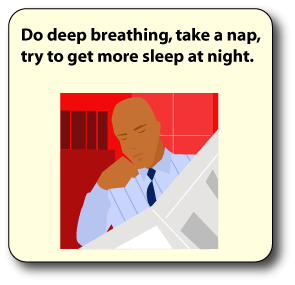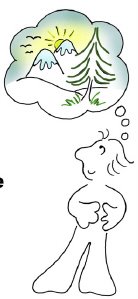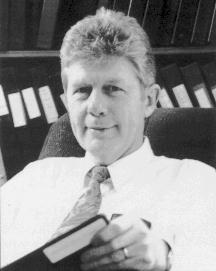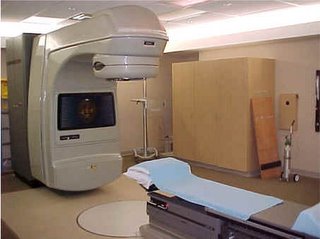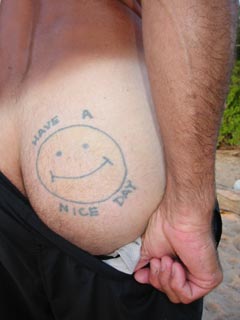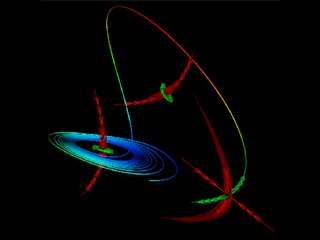
It was the second time that I heard someone mention that phrase – “Kegel exercises”.
He was a friendly guy. Here I was in my blue hospital gowns, one to wear from the back, another to be worn from the front. Little did he know I was naked from the waist down to my lovely grey wool work socks. Why is it that I get these urges to “flash” the other patients in the waiting room?
“So how are you today?” he asked.
“Actually, this has been a tough day,” I said.
“Why’s that?”
“I’ve got a really sore bottom. It’s been tough even to sit down at work. In fact, I had to leave work just after 12:00 today. I couldn’t sit. I couldn’t stand. And I couldn’t be far from the washroom.”
“Oh, yeah. Well thank goodness I’m only being treated for prostate cancer”, he replied.
It’s amazing how quickly the rapport develops with other cancer patients. In just under four minutes we knew about each other’s cancer battle, and I had been given my second lesson on Kegel exercises. He had done a “million” of them before his surgery and was able to avoid the dreaded urinary incontinence many prostate cancer survivors are told to expect.
My brother-in-law had told me earlier about his brother’s battle with prostate cancer and his use of that mysterious “Kegel exercises”. In his brother’s case, he could even enjoy non-ejaculatory orgasms with his wife after surgeons removed his prostate or, as my brother-in-law put it, “All the fun without the mess.”
Dr. Arnold Kegel devised exercises to strengthen the pubococcygeus muscles. They are, appropriately enough, named the Kegel exercises. They are sometimes call “pelvic floor” exercises. It really doesn’t matter what they’re called, what they claim to accomplish is more important. With these exercises, if you are a man, you can control urinary and fecal incontinence, have orgasms without ejaculation, have multiple climaxes during sexual activity, and perhaps even enlarge the length or width or your penis. This last claim is courtesy of all those “interesting” unsolicited email messages I get each day. When you do these exercises, some of which have the inglorious name of “cock pushups”, you may not even need Viagra as you get older.
No, for me, on this particular day, it’s anal sphincter control that occupies my mind. Today was tough. I really couldn’t stay in a seated position, unless it was on the coccyx cushion which unfortunately I had left at home. Even worse, my ass hurt like blazes today, especially when I tried to defecate. In addition, the urgency was almost too hard to control sometimes.
But it seems that these same Kegel exercises, so good for women after childbirth, so useful for men before and after prostate surgery, may help alleviate some of the worries about fecal incontinence. It gives the phrase “tight ass” a whole new meaning!



